Public Comment Sought on Proposal to List California Spotted Owl
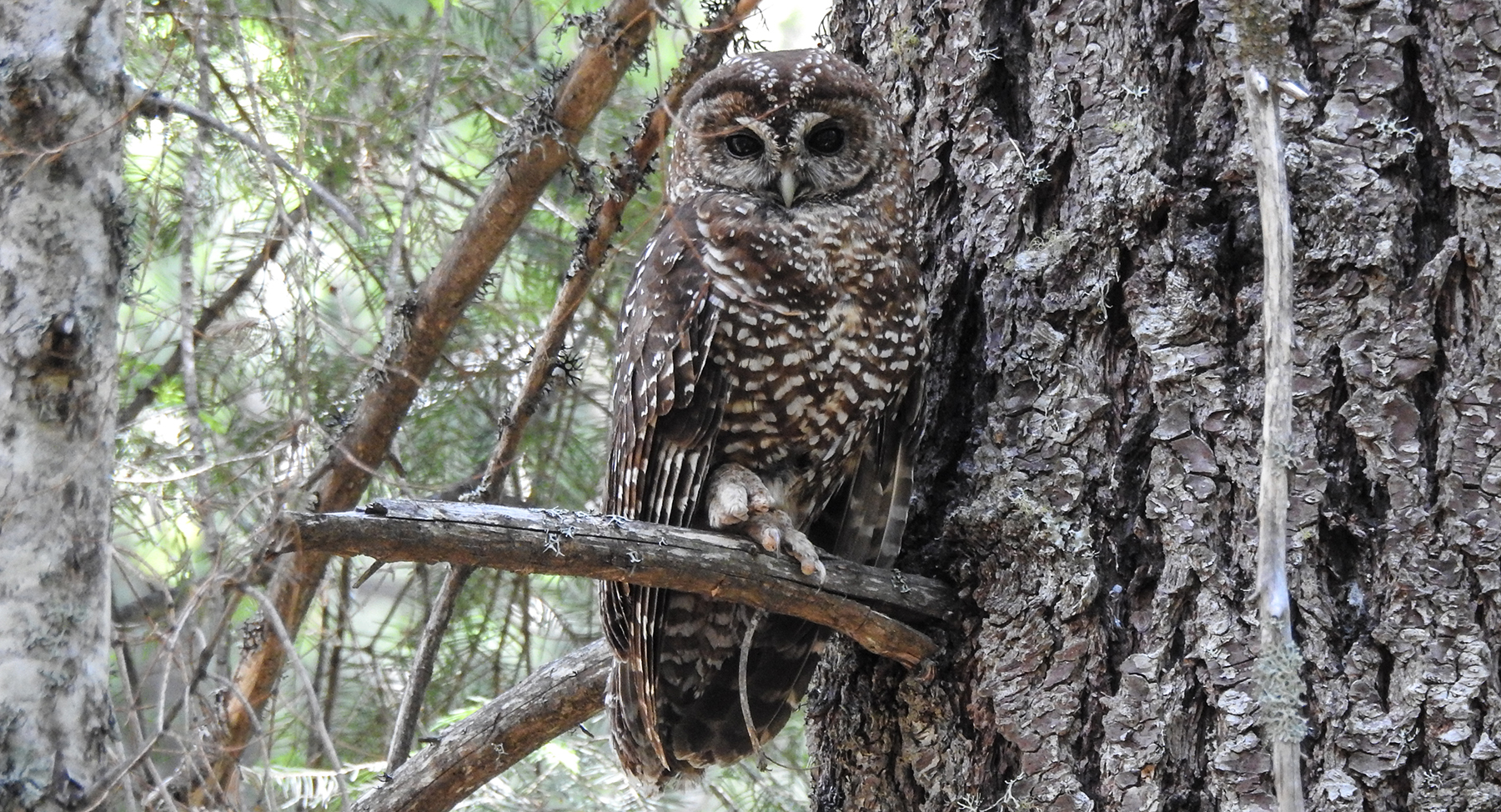
Photo Courtesy of Anastasia Stanish
Public Comment Sought on Proposal to List California Spotted Owl
The U.S. Fish and Wildlife Service (USFWS) is proposing to list two distinct population of the California Spotted Owl under the Endangered Species Act: the Coastal-Southern California DPS as endangered and the Sierra Nevada DPS as threatened. As part of this proposed listing, USFWS is including a 4(d) rule for the Sierra Nevada DPS that exempts the prohibition of take under the ESA for forest fuels management activities that reduce the risk of large-scale high-severity wildfire. USFWS is seeking public comment on the proposed rule through April 24.
USDA Invests More than $48.6 Million to Manage Risks, Combat Climate Change
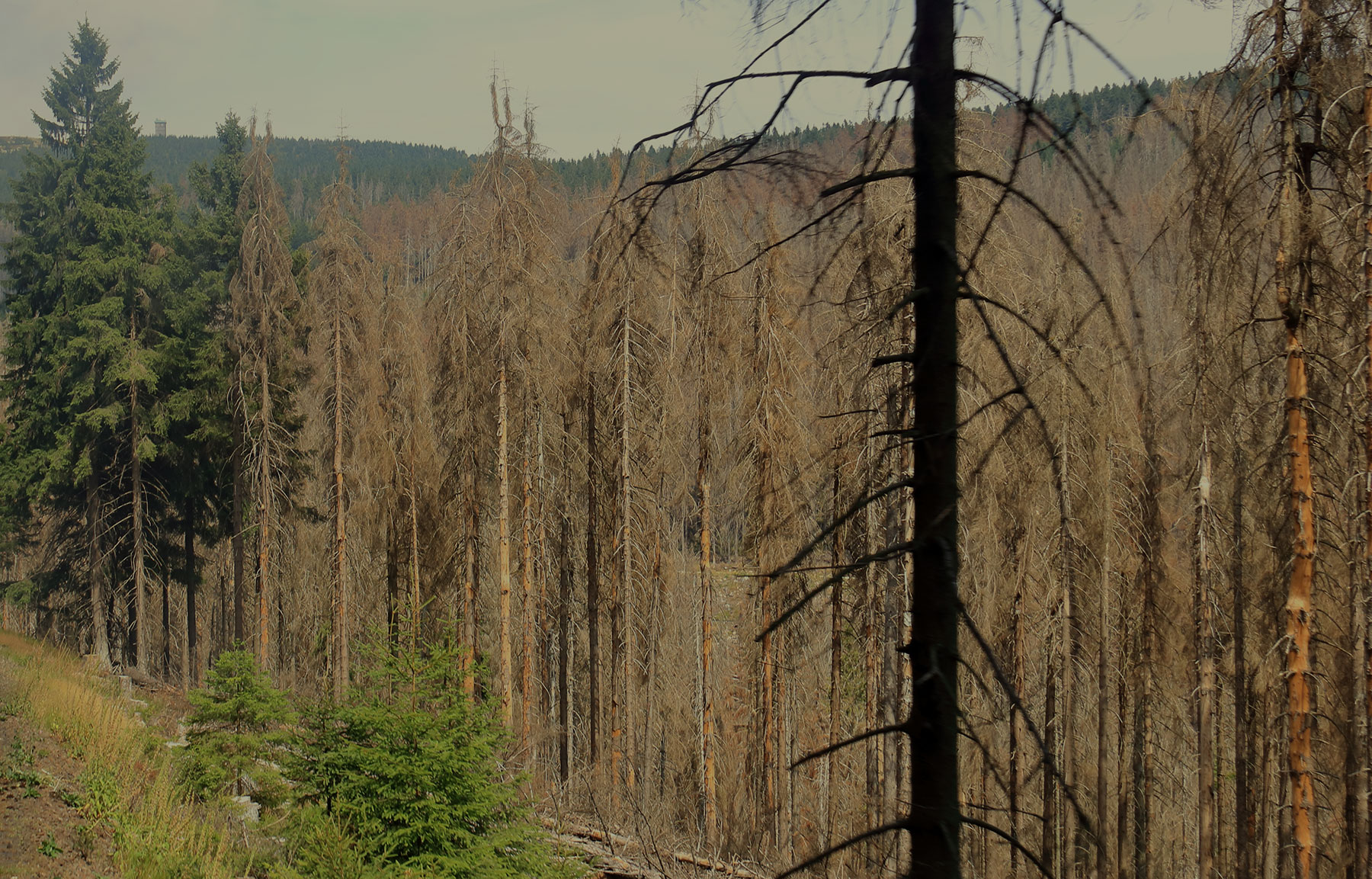
USDA Invests More than $48.6 Million to Manage Risks, Combat Climate Change
USDA will invest more than $48.6 million this year through the Joint Chief’s Landscape Restoration Partnership for 14 projects that mitigate wildfire risk, improve water quality, restore forest ecosystems, and ultimately contribute to USDA’s efforts to combat climate change. Under the Joint Chiefs’ Partnership, the USDA Forest Service (USFS) and Natural Resources Conservation Service (NRCS) co-invest in areas where public forests and grasslands intersect with privately-owned lands. An award of $3.3 million was awarded to a phase three project focused on fire resilience in Trinity County. The project will address high-risk cross-boundary threats by strategically treating forests on both private and national forestlands, and it will address new threats created by 2020 and 2021 wildfires.
Regional Resource Kits and Profiles Are Now Available
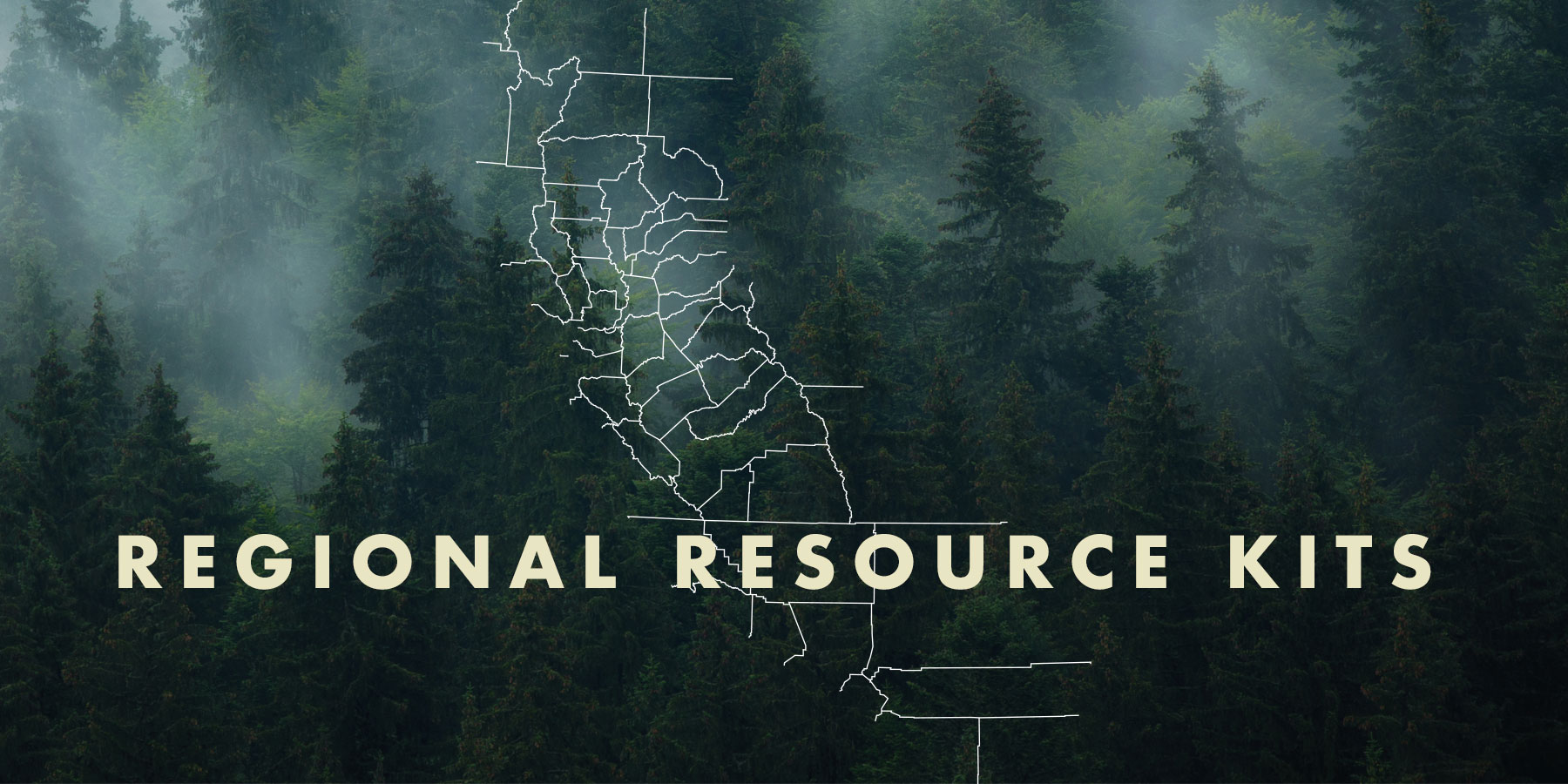
Regional Resource Kits and Profiles Are Now Available
The Task Force’s Science Advisory Panel has completed Regional Resource Kits and Regional Profiles for both the Sierra Nevada and Southern California regions. These invaluable tools are now available here on the Task Force website.
Regional Resource Kits offer critical tools and data to guide regional partners and collaboratives in their efforts to reduce wildfire hazard and improve the conditions of forested and shrub landscapes.
Likewise, Regional Profiles bring together the best available scientific information and a wide range of input from stakeholders throughout the region.
The Science Team will now focus on collecting data and tools for the Central Coast in preparation for the May 2023 Task Force meeting.
Survey Detects 36 Million Dead Trees in California
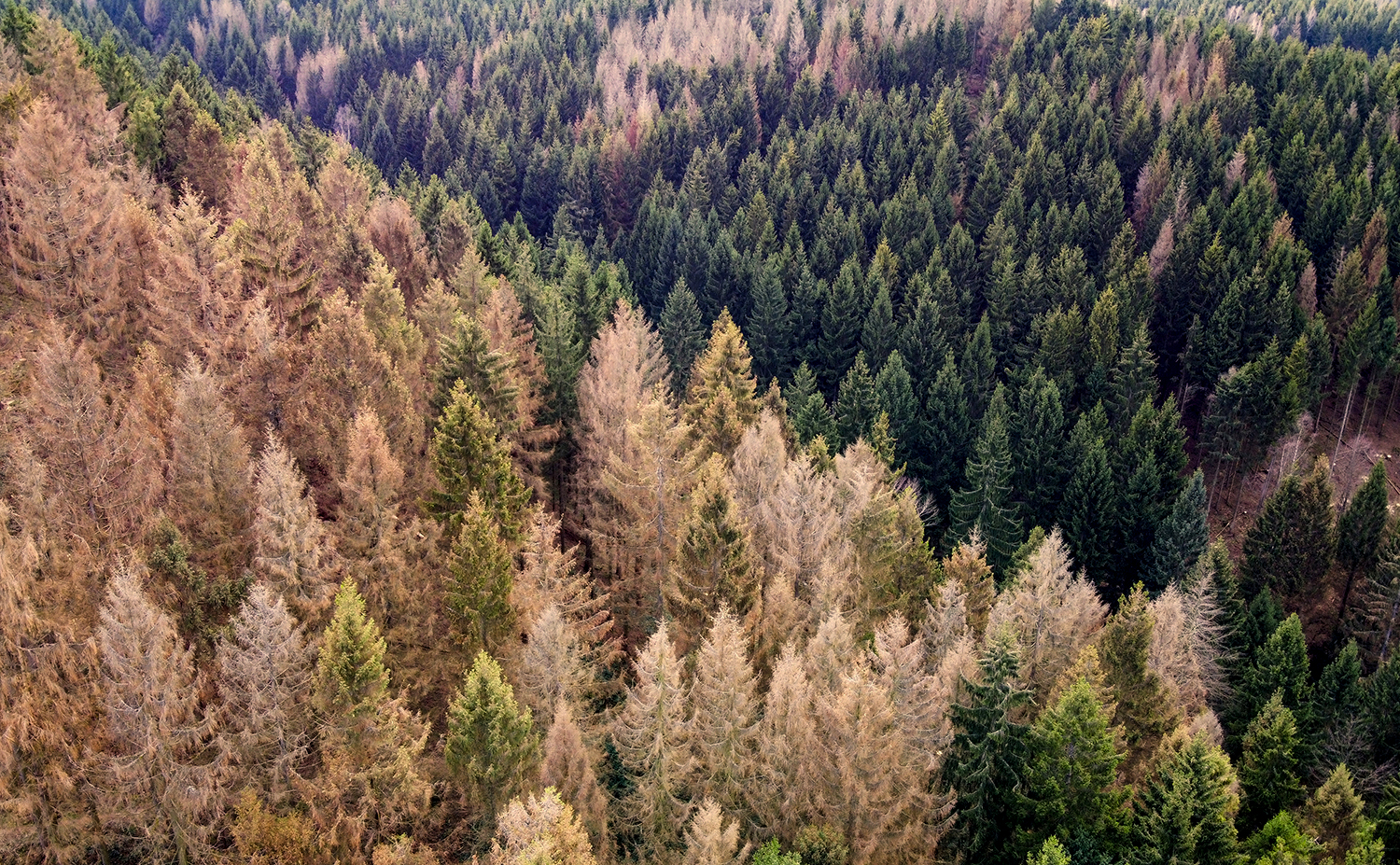
Survey Detects 36 Million Dead Trees in California
On February 7, the U.S. Forest Service published the 2022 Aerial Detection Survey report providing an annual estimate of tree mortality. The survey revealed about 36.3 million trees across 2.6 million acres of federal, state and private land died in California in 2022. The central Sierra Nevada Range and areas further north showed the highest mortality rates with true firs being the most impacted.
These data points mark an increased level of mortality compared to 2021 due to the cumulative impacts of extended drought, overstocked forest conditions, insect outbreaks, and disease.
“Forest health is a top priority for the Forest Service,” said Jennifer Eberlien, Regional Forester for the Pacific Southwest Region. “The agency’s 10-year strategy to address the wildfire crisis includes removal of dead and dying trees in the places where it poses the most immediate threats to communities.”
USDA Forest Service Announces Major Investments To Reduce CA Wildfire Risk
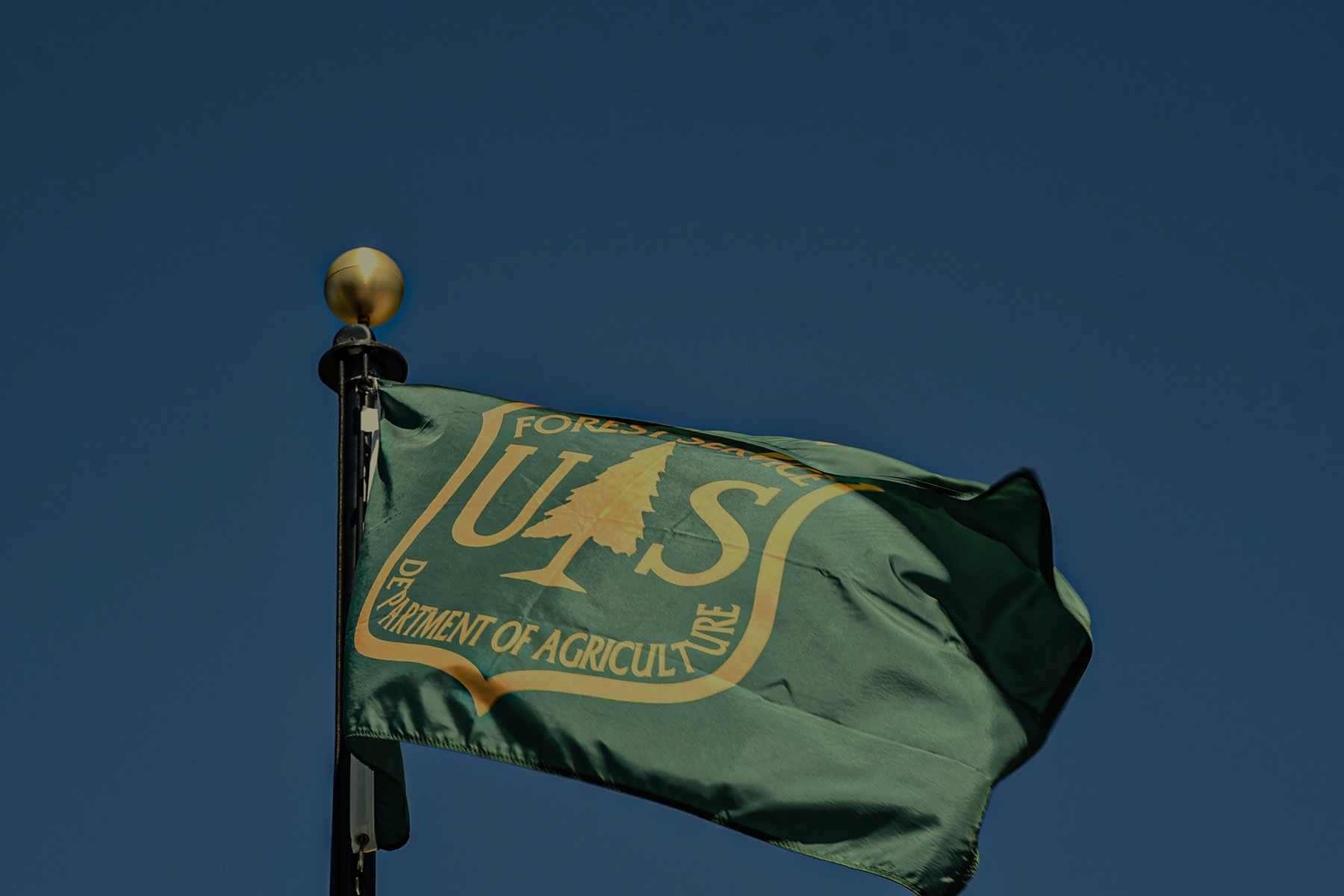
USDA Forest Service Announces Major Investments To Reduce CA Wildfire Risk
New funds offer “big shot in the arm” for Task Force efforts.
In an expanded effort to reduce the risk of catastrophic wildfire through the Forest Service’s Wildfire Crisis Strategy, USDA Forest Service announced an investment of more than $490 million to protect communities, critical infrastructure, and forest resources across the western U.S.
Made possible through President Biden’s landmark Bipartisan Infrastructure Law (BIL) and the Inflation Reduction Act (IRA), the funds will directly protect vulnerable landscapes in Arizona, California, Idaho, Nevada, Oregon, Utah and Washington. Combined with initial landscape investments, the additional efforts announced today represent a total USDA investment of $930 million across 45 million acres, mitigating risk to approximately 200 communities.
Here in California, the funds will go towards a wide range of vital projects that fall under the Wildfire and Forest Resilience Task Force Action Plan, with particular focus on historically underserved communities and tribes.
“This funding is a big shot in the arm. Combined with billions in state funding from Governor Newsom and our Legislature, this federal investment will translate into projects that protect our communities and restore the health of our natural landscapes. While catastrophic wildfire remains, threats remain high across the West, we’re making good progress with our federal partners here in California building resilience to wildfire.”
– Wade Crowfoot, California Natural Resources Secretary
The following California landscapes were selected for increased funding:
- Southern California Fireshed Risk Reduction Strategy (4M acres): The immense values at risk in southern California and the collaborative solutions underway for vegetation management represent investment opportunities to avoid staggering social, economic, and ecological costs.
- Trinity Forest Health and Fire Resilient Rural Communities (910K acres): California’s northern forests are naturally adapted to low-intensity fire. The health and well-being of California communities and ecosystems depend on urgent and effective forest and rangeland stewardship to restore resilient and diverse ecosystems. Numerous roads through the area serve as critical ingress/egress routes for local communities.
- Klamath River Basin (OR + CA – 10M acres) The Forest Service manages about 55 percent of the 10-million-acre Klamath Basin. These lands generate 80 percent of the mean annual surface water supply to the Klamath River. The area provides important habitat for fish listed under the Endangered Species Act.
- Plumas Community Protection (285K acres): The Plumas Community Protection Projects Landscape focuses on community zones across the Plumas National Forest with very high, high, or moderate wildfire hazard potential.
- Sierra and Elko Fronts (Nevada, California – 3.4M acres): This Intermountain Region project totals 3.4 million acres and encompasses landscapes in two states. These two projects together demonstrate the comprehensive landscape treatment goal of USDA’s Wildfire Crisis Strategy.
“Restoring natural forest health and diversity with thoughtful, science-based fuels treatments is critical for the future of California communities and natural resources. With our partners, we are dramatically increasing the scope and pace of fuels reduction projects in landscapes across the state.”
– Kara Chadwick, Deputy Regional Forester with the Pacific Southwest Region
This announcement comes on the anniversary of the launch of the Forest Service’s Wildfire Crisis Strategy, which combines an historic investment from congressional funding with years of scientific research and planning into a national effort that will dramatically increase the scale of forest health treatments.
CAL FIRE Announces New Grants Available For Multiple Initiatives

CAL FIRE Announces New Grants Available For Multiple Initiatives
Funding is now available for a wide range of critical needs, from forest health and post-fire reforestation to workforce development and green school yards.
WILDFIRE PREVENTION GRANTS PROGRAM: Up to $120 million for projects focused on protecting people, structures, and communities.
FOREST HEALTH GRANT PROGRAM: Up to $120 million for landscape scale forest restoration and resilience projects.
POST FIRE REFORESTATION AND REGENERATION: Up to $50 million for reforestation treatments.
BUSINESS AND WORKFORCE DEVELOPMENT: Up to $7.5 million for wood products and up to $5 million for biomass transportation subsidy projects.
GREEN SCHOOL YARDS: Up to $117 million to improve tree canopy cover on California K-12 public school campuses and nonprofit childcare facilities.
TRIBAL WILDFIRE RESILIENCE PROGRAM: Up to $15 million is available for wildfire resilience implementation projects. These grant funds will assist California Native American tribes in managing ancestral lands, implementing and promoting Traditional Ecological Knowledge in wildfire resilience, and establishing wildfire safety for tribal communities.
RESOURCES
Unique Coalition Unites to Restore California's Giant Sequoias

Unique Coalition Unites to Restore California's Giant Sequoias
Giant Sequoia Land Coalition Brings Together Government Agencies, Tribes and Environmental Groups To Save Iconic Trees
California has lost nearly a fifth of its population of giant sequoias to wildfires over the past few years, according to a 2021 report.
Over the past year, however, the Giant Sequoia Lands Coalition has treated more than 15,000 acres of forest land in and around the groves. By sharing their knowledge and working to better treat forest areas where groves of giant sequoias can be found, the group is working to make these titans more resilient to future massive wildfires.
Governor Reflects on a Year of Progress and Resilience
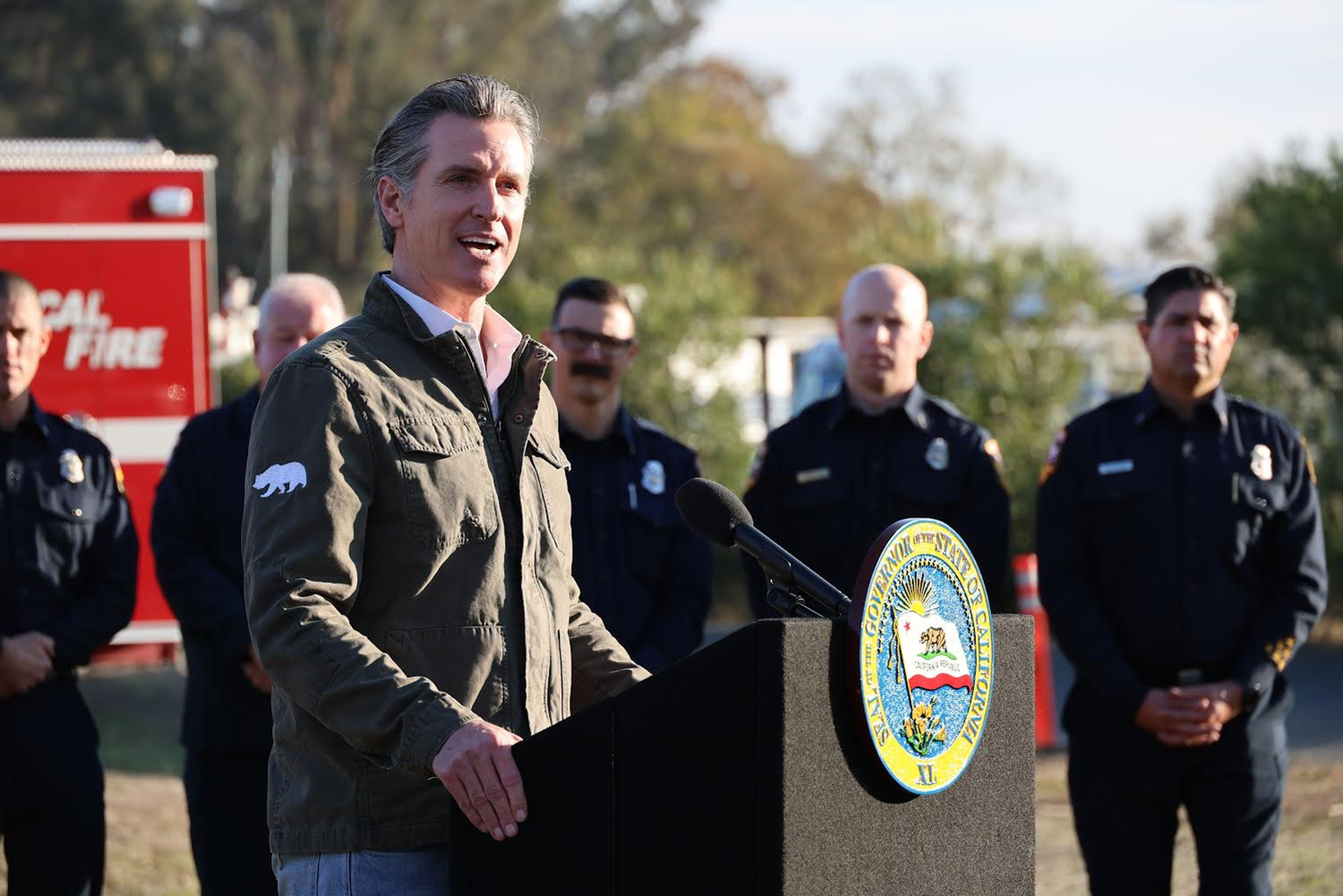
Governor Reflects on a Year of Progress and Resilience
In November, Governor Newsom and state and local officials announced an end to peak wildfire season in California. CAL FIRE Director, Joe Tyler, highlighted favorable weather conditions, strategic investments in firefighting equipment, aerial resources, and fuels reduction and forest management projects, coupled with the hard work of firefighters and the diligence of of local communities resulted in an 85% reduction in acres burned and a 78% reduction in structures destroyed from 2021.
CAL FIRE Funding $14M In Workforce and Business Development Projects
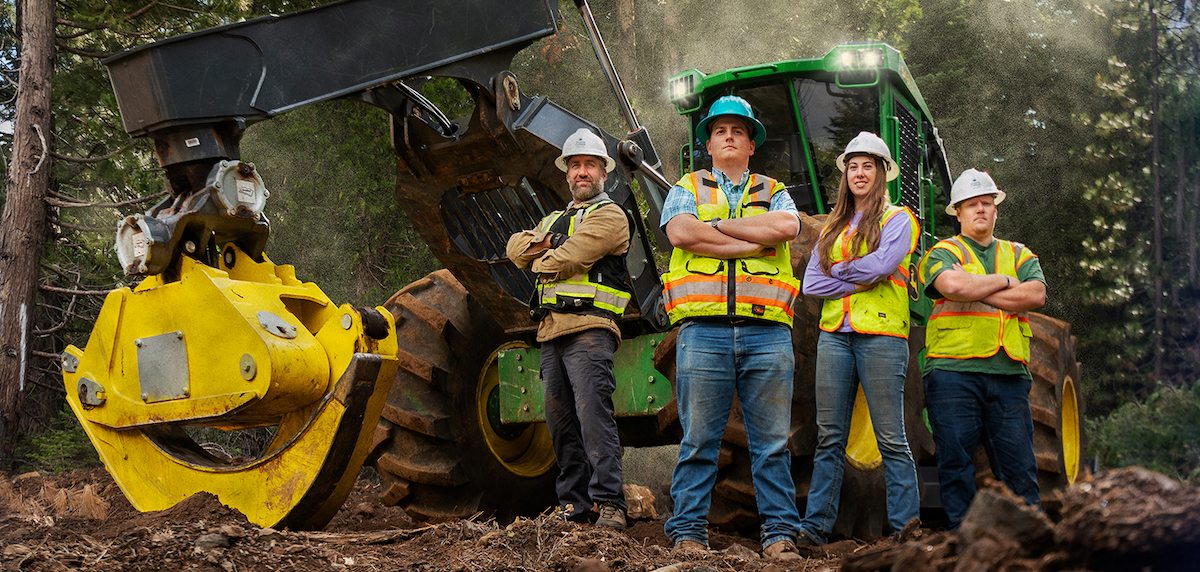
CAL FIRE Funding $14M In Workforce and Business Development Projects
Focused on increasing California’s capacity to establish healthy, resilient forests through workforce and business development, the Wood Products and Bioenergy Team at CAL FIRE awarded $14 million in new grant agreements. The 10 new awards will go to non-profits, family businesses, wood products manufacturing facilities and local governments that are building the infrastructure and capacity to sustainably manage California’s forests as outlined in California’s Wildfire and Forest Resilience Action Plan.
In addition to grants to non-profits, family businesses, and county and local governments, a $3 million grant will allow Sierra Pacific Industries to begin immediate construction on a new nursery that will be capable of producing 25 million seedlings per year.
USFS Updates

USFS Updates
Two important updates were released from the USFS in November. One from the Pacific Southwest Regional Office about reducing threat to homes in wildland urban interfaces and another from the Tahoe National Forest that addresses forest thinning along the North Yuba River Watershed.
